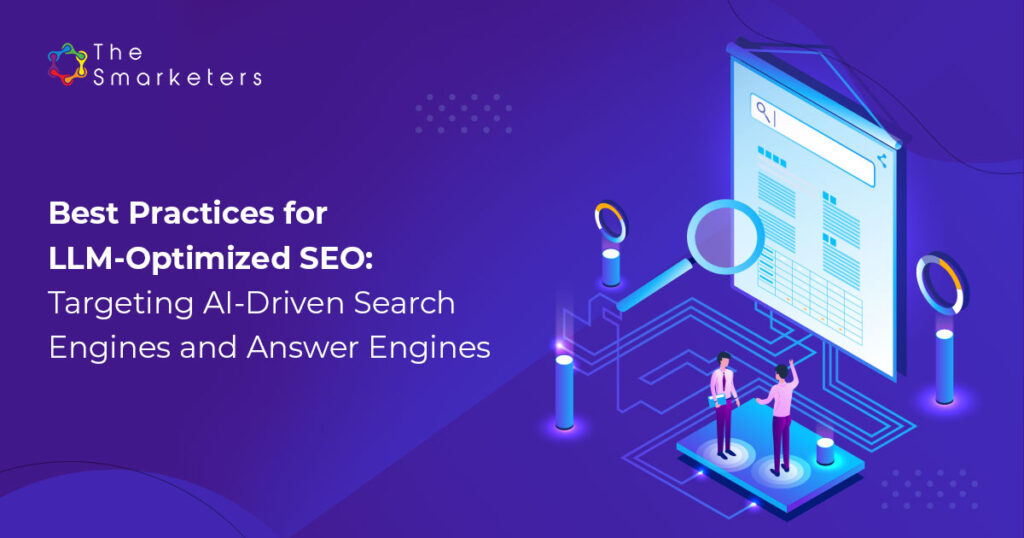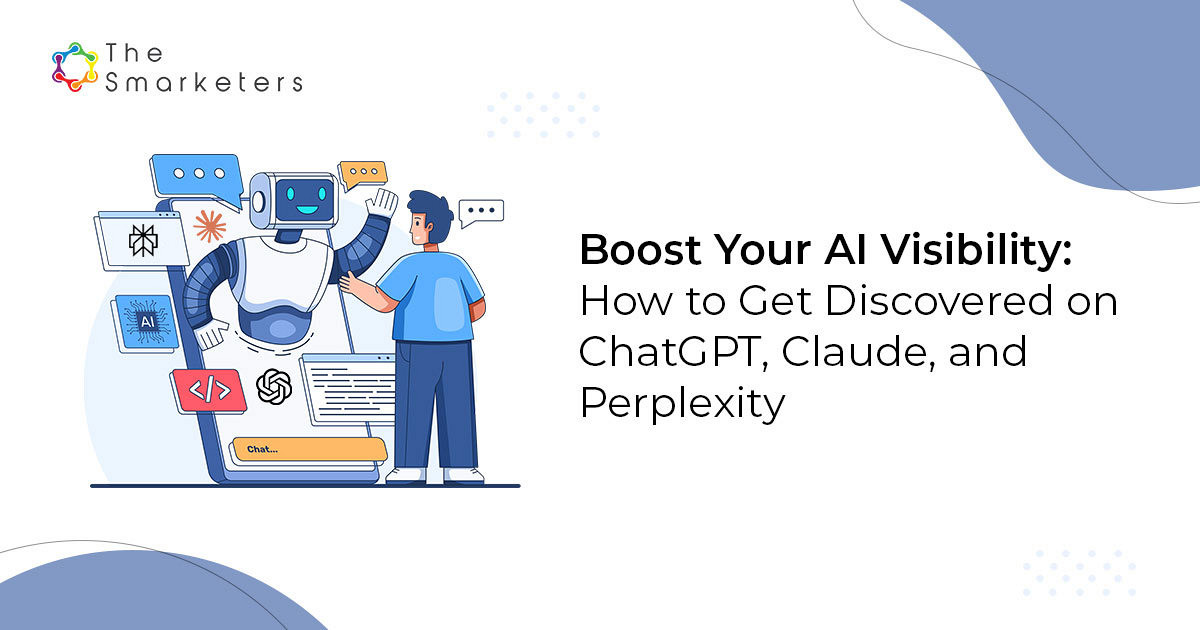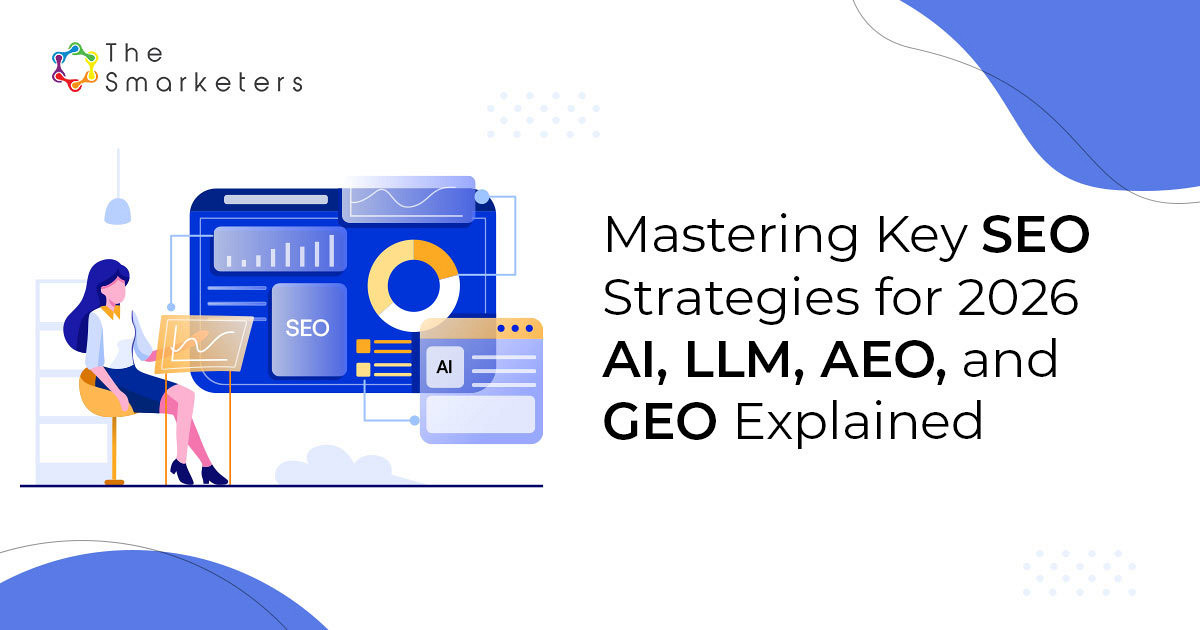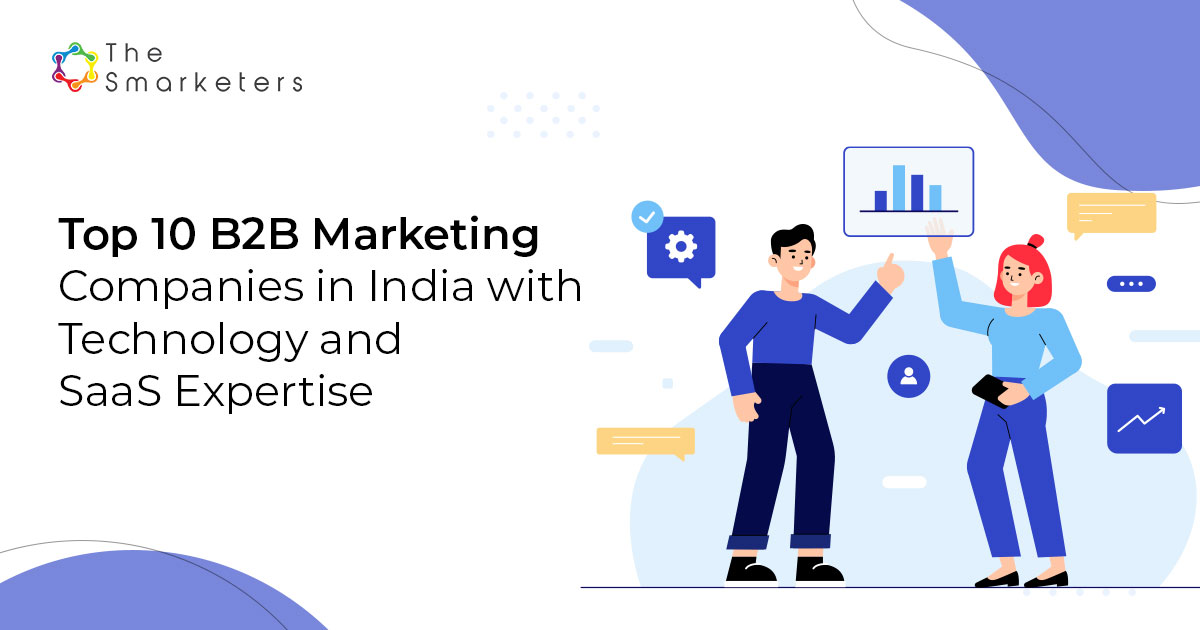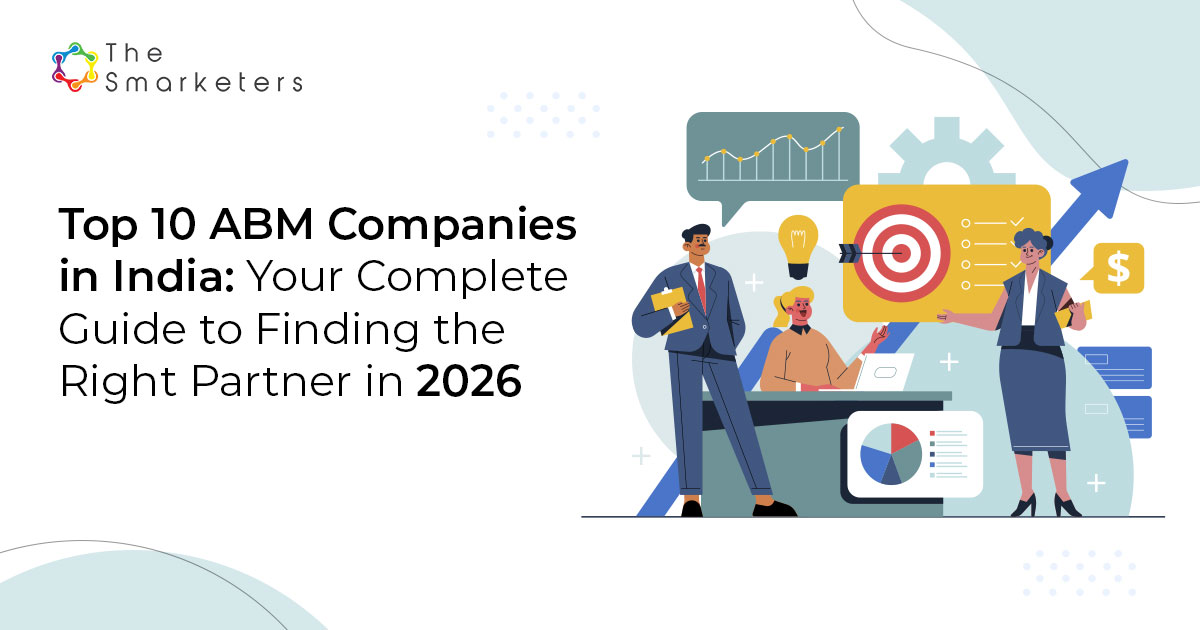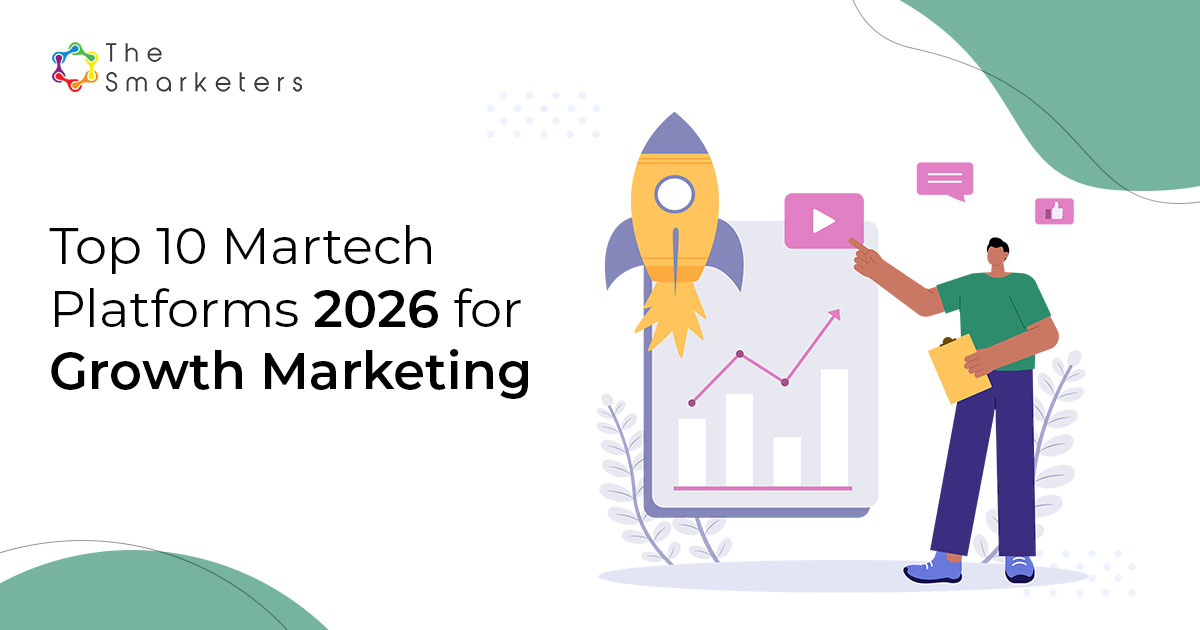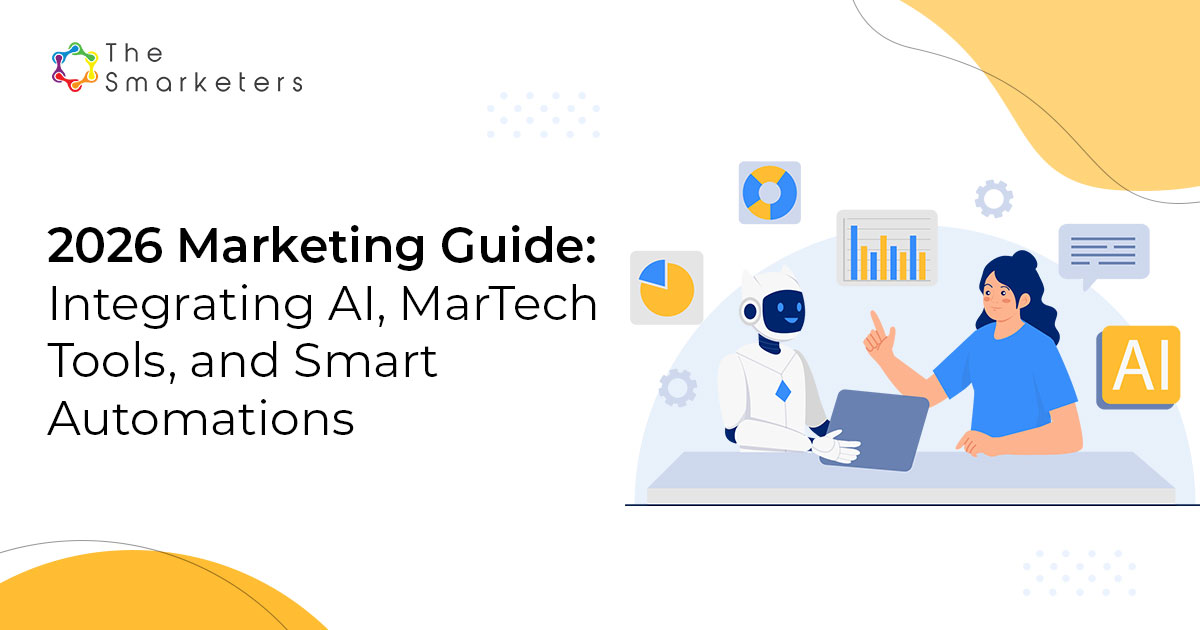Table of Contents
- What is LLM SEO Optimization?
- How is LLM SEO Different from Traditional SEO?
- The New Search Landscape: Who’s Dominating AI-Driven Search?
- Best Practices for Creating LLM-Optimized Content
- Platform-Specific Optimization Strategies
- Mistakes to Avoid While Implementing LLM-optimized SEO
- Your Action Plan: Getting Started This Week
- Frequently Asked Questions About LLM SEO Optimization
What is LLM SEO Optimization?
Let's start with the basics. LLM SEO optimization is the process of making your online content easily understandable and discoverable by Large Language Models (Aka LLMs) like ChatGPT, Perplexity, Google's AI Overviews, and other answer engines.
Think of traditional SEO as organizing your store so people walking by can see what you sell. LLM SEO is like having a conversation with a knowledgeable assistant who can accurately describe your products to potential customers, even when you're not there.
How is LLM SEO Different from Traditional SEO?
Traditional SEO focused heavily on keywords and backlinks. You'd research phrases people typed into search boxes and build your content around those exact terms. It worked because search engines matched words to words.
AI search is fundamentally different. These systems actually understand context, meaning, and intent. AI-powered search engines use natural language processing to understand complete questions rather than just matching keywords.
Here's a practical example:
Traditional search query: "best CRM software small business"
AI search query: "What's the most affordable CRM that integrates with Gmail and is easy for a five-person team to learn?"
See the difference? AI searches are conversational, specific, and context-rich. Your content needs to answer these detailed, natural questions rather than just repeat keywords.
The New Search Landscape: Who's Dominating AI-Driven Search?

Google SGE (Search Generative Experience), Now AI Overviews
Google's AI Overviews has been used billions of times, with people reporting higher satisfaction and more frequent use of search when AI summaries are available.
The impact is dramatic: When AI Overviews appear, the number one organic listing drops down the page by approximately 1,630 pixels on average.
This means that even if you rank #1 traditionally, users might never see your link if AI Overviews answers their question first. Your goal isn't just to rank but to be cited by the AI.
ChatGPT Search
ChatGPT has reached 800 million weekly active users, and 77% of ChatGPT users treat it as a search engine, with 28% of Gen Z starting their search journey there.
Even more striking: nearly one in four ChatGPT users prefer it over Google for discovery.
Moreover, this isn't a fringe audience. Over 92% of Fortune 500 companies are using ChatGPT, meaning business decision-makers might be researching your products or services through AI conversations rather than traditional search.
Other AI Search Platforms
Bing Chat, Perplexity AI, Blackbox, Copilot, Gemini, and other answer engines are growing rapidly. Daily AI tool usage has doubled from 14% to 29%, while users who never use AI tools dropped from 28% to 16%.
The trend is clear: AI-driven search isn't replacing traditional search but it's expanding the search landscape. Hence, your business needs to be visible across all these platforms.
Best Practices for Creating LLM-Optimized Content
Now let's get practical. Here's how to optimize your content so AI systems understand it, trust it, and recommend it to users.
1. Write for Humans Having Conversations, Not Robots Matching Keywords
This is the most important shift in mindset. Since AI systems use natural language processing, search queries are becoming longer and more conversational, making optimization for long-tail keywords essential.
Bad approach: Cramming "affordable project management software" fifteen times into a blog post.
Good approach: Writing naturally about "How to choose project management software that won't break the bank for a startup team."
Real example transformation:
Before (keyword-stuffed): "Best accounting software for small business. Small business accounting software helps small businesses manage finances. This small business accounting software review covers top accounting software."
After (conversational): "If you're running a small business and drowning in spreadsheets, you're probably wondering which accounting software can actually save you time without requiring an accounting degree to use. Let's break down the options that work for real businesses."
2. Answer Real Questions Your Customers Actually Ask
Google's AI prioritizes content that answers users' search intent effectively, including informational, transactional, and navigational content.
Start by listening to your customers. What questions do they ask during sales calls? What confusion points come up in support tickets? These real questions should become content topics.
Create Different Content Types Based on What People Need- For informational searches: Write detailed guides answering "What is," "How does," and "Why" questions
- For comparison searches: Develop side-by-side comparisons with honest pros and cons
- For decision-making: Provide step-by-step frameworks for choosing between options
3. Build Authority and Trust into Every Page
Google doubles down on E-E-A-T (Experience, Expertise, Authoritativeness, and Trustworthiness), with sites featuring real authors, transparent information, and original insights outperforming generic content. This isn't just about SEO anymore, and it's all about credibility. AI systems are trained to recognize and prioritize authoritative sources.Here’s how to demonstrate E-E-A-T:
- Add author bios with real credentials to every article/li>
- Include citations and links to reputable sources
- Show real case studies and examples from your work
- Display customer reviews and testimonials prominently
- Update content regularly with current information and dates
4. Structure Your Content for Easy AI Extraction
AI systems need to quickly find and extract relevant information from your pages. Think of your content structure as creating a well-organized filing cabinet rather than dumping everything in a pile.
Use clear hierarchy :
- One H1 heading that clearly states the topic
- H2 subheadings for major sections
- H3 subheadings for detailed points within sections
Create scannable content:
-
- Short paragraphs (2-4 sentences maximum)
- Bullet points for lists
- Bold text to highlight key takeaways
- Clear, descriptive subheadings that could stand alone
Front-load your answers: Put the most important information first. If someone asks "How long does shipping take?", start with "We ship within 24 hours and delivery takes 3-5 business days" before explaining your entire shipping philosophy.
5. Technical Implementation: Schema Markup for AI Search
Now we're getting into the technical side, but don't worry, this is easier than it sounds, and the impact is huge.
Schema markup is code that helps AI systems understand what your content means, not just what it says. A recent experiment found that pages with well-implemented schema ranked for six keywords and reached position 3, while pages with poor schema peaked at position 8, and pages with no schema weren't even indexed by Google.
Proper schema can be the difference between being found or being invisible.
Essential Schema Types for AI Visibility
FAQ schema remains actively supported by Google even as other structured data types are being phased out, signaling its fundamental importance for the future of search. This makes FAQ schema one of your highest-priority implementations.
1. FAQ Schema: Your Foundation
FAQ schema tells search engines "this content is organized as questions and answers," making it perfect for AI systems to extract and cite.
When to use FAQ schema:
- Product pages with common customer questions
- Service pages explaining your process
- Blog posts structured around questions
- Support documentation
How to implement it:
You have three options:
- WordPress plugins : Yoast SEO, Rank Math, or Schema Pro can add FAQ schema automatically
- JSON-LD code: Add structured data code to your page (many website platforms have simple ways to add this)
- Google's Structured Data Markup Helper: A free tool that walks you through creating schema code
2. Article Schema: For Blog Posts and Guides
Article schema identifies your content as an article and provides key metadata AI systems use for context.
What to include :
- Headline
- Author name and credentials
- Publication date (and update dates)
- Article summary
- Main content
Article schema ensures articles are correctly categorized and featured in news carousels or knowledge panels, making them accessible to AI-driven tools.
3. Product Schema: For E-commerce and Services
If you sell products or services, product schema is essential. Product markup highlights details about your products such as name, description, price, availability, and ratings, ensuring products appear in shopping carousels and recommendation engines.
Critical product schema elements:
- Product name and description
- Price and currency
- Availability status (in stock, out of stock)
- Customer ratings and review count
- Images
- SKU or product ID
How to Test Your Schema Implementation
Don't just implement the schema and hope it works. Rather test it using the following ways.
- Google's Rich Results Test (search.google.com/test/rich-results): Shows if your schema is implemented correctly and how it might appear in search
- Schema.org Validator (validator.schema.org): Checks for technical errors in your code
- Google Search Console: Monitor for structured data issues after implementation
Common mistakes to avoid:
- Hidden content : Don't mark up FAQs that aren't visible on the page or else Google penalizes this
- Incomplete schema: Fill in all required fields, not just the basics
- Outdated schema: Update prices, availability, and other changing information regularly
6. Build a Question-Based Content Strategy
The most common reason people use ChatGPT for search is its ability to quickly summarize complex topics (54%), while 33% cite faster answers with fewer clicks than Google. Your content strategy needs to anticipate and answer the questions your audience is asking. Here’s how to create it.
Method 1: Mine Your Customer Interactions
Your best content ideas are hiding in:
- Sales call recordings (what questions do prospects always ask?)
- Support tickets (what confuses customers?)
- Customer reviews (what do people wish they'd known before buying?)
- Social media comments
- Email inquiries
Method 2: Use Question Research Tools
- AnswerThePublic: Shows actual questions people type into search engines
- AlsoAsked: Reveals related questions people ask after their initial search
- Google's "People Also Ask" boxes
- Reddit and Quora: Real people asking real questions in your industry
Method 3: Ask AI Tools Directly
Use ChatGPT or other AI tools to ask:
"What are the top 20 questions people ask about [your topic]?"
The AI draws from its training data about actual search patterns.
Structuring Content for AI Snippet Optimization
Over half of households globally will have a smart speaker by 2025 and beyond, with voice-driven purchases projected to reach $81.8 billion.
Your content needs to be optimized for both visual and voice-based AI results.
The Optimal Answer Structure
While many principles apply across all AI search platforms, each has unique characteristics worth understanding. Now, let’s delve into some of the platform-specific optimization strategies.
- Quick answer (40–60 words): Direct response to the question in natural language
- Expanded explanation (200–300 words): Context, details, and supporting information
- Practical example or action steps: Shows how to apply the information
- Related questions or next steps: Helps AI understand connected topics
Example :
Question heading: How do I reduce my website's loading time?
Quick answer (for AI snippets):
Optimize your website's loading time by compressing images, enabling browser caching, and using a content delivery network (CDN). These three changes typically reduce loading time by 40–60% without requiring advanced technical skills.
Expanded explanation: Continue with more detail about each method, including specific tools and steps.
7. Create Topic Clusters That AI Systems Understand
The most common mistake marketers make is creating isolated blog posts. But LLMs—and even Google—love content clusters. All you need to do is build interconnected content hubs around core topics.
How Topic Clusters Work:
- Pillar content: Comprehensive guide on a broad topic
Example: "Complete Guide to Email Marketing" - Cluster content: Detailed articles on specific aspects
Examples:- "How to Write Subject Lines That Get Opened"
- "Best Email Marketing Tools for Small Businesses"
- "Email Marketing Automation Workflows"
- Internal linking: Connect all cluster content to the pillar page and to each other
Building clusters of content around one subject instead of scattered blogs helps establish topical authority that AI systems recognize.
This Structure Helps AI Systems Understand:
- You're an authority on the topic
- How different pieces of information relate to each other
- Which content to cite for specific questions
While many principles apply across all AI search platforms, each has unique characteristics worth understanding. Now, let’s delve into some of the platform-specific optimization strategies.
Platform-Specific Optimization Strategies

Optimizing for Different AI Platforms
In this section, you will understand how to optimize for different AI platforms in detail. Let’s start with Google AI Overviews.1. Optimizing for Google AI Overviews
Google's organic click-through rate for the #1 position dropped from 28% to 19% between 2024 and 2025. You need to optimize for being cited in AI Overviews, not just ranking.Key Tactics:
- Answer questions in the first 100 words of your content
- Use natural, conversational language
- Include author credentials and expertise indicators
- Keep content fresh with regular updates
- Focus on E-E-A-T signals
2. Optimizing for ChatGPT Search
ChatGPT pulls from a different index and prioritizes different signals than traditional Google search.What Works for ChatGPT:
- Comprehensive, authoritative content over thin pages
- Clear, logical organization
- Current information with dates
- Original insights and expertise
- Examples and practical applications
Universal Best Practices Across All AI Search Platforms
Regardless of the specific platform, these practices improve your visibility everywhere:- Write naturally: If it sounds robotic, rewrite it
- Be specific: Detailed answers beat vague generalities
- Stay current: Update content regularly
- Show expertise: Demonstrate real knowledge and experience
- Structure clearly: Make it easy to scan and extract information
- Link to quality sources: AI systems check your references
- Optimize for mobile: Most AI searches happen on phones
Measuring Success in LLM SEO
Traditional analytics don't tell the whole story anymore. You need new metrics to understand your AI search performance.Key Metrics to Track
1. Featured Snippet and AI Overview Appearances
Use tools like Semrush, Ahrefs, or Google Search Console to track when your content appears in:- Featured snippets
- AI Overviews
- People Also Ask boxes
2. Natural Language Query Traffic
In Google Search Console, filter for queries that:- Are longer than 6 words
- Start with question words (what, how, why, when, where, who)
- Use conversational language
3. Zero-Click Search Presence
At least 58% of searches now end without clicks. Track brand searches and informational queries where your content appears in AI summaries even if users don't click through.4. ChatGPT and AI Tool Referrals
Check your analytics for referral traffic from:- chatgpt.com
- perplexity.ai
- Other AI search platforms
What Traditional Metrics Still Matter
Don't abandon traditional SEO metrics completely:- Organic traffic trends: Overall visibility indicator
- Page speed: Critical for all search, especially mobile
- Backlink quality: Still signals authority
- Domain authority: Indicates trustworthiness
- Engagement metrics: Time on page, bounce rate
Mistakes to Avoid While Implementing LLM-optimized SEO

Here's What Doesn't Work (and What to Do Instead)
Mistake 1: Keyword Stuffing for AI Search
Wrong approach: "AI search optimization is important for AI search visibility because AI search engines use AI search algorithms..."
Right approach: Write naturally while incorporating terms contextually. AI systems detect and penalize unnatural repetition just like Google does.
Mistake 2: Creating Thin FAQ Pages Just for Schema
Wrong approach: Adding a barely-visible FAQ section with generic questions just to implement schema.
Right approach: Create genuinely helpful FAQ content that answers real customer questions. Schema enhances good content but it doesn't make bad content valuable.
Mistake 3: Ignoring Mobile Optimization
Modern search engines deliver accurate, personalized answers in any language while keeping people engaged, driving conversions, and cutting support costs. Most of this happens on mobile devices.
If your site is slow or hard to use on phones, you're losing both traditional and AI search visibility.
Mistake 4: Forgetting About Local SEO
75% of local searches are expected to happen via voice by 2025, with 5% of users conducting spoken queries daily or multiple times per day.
Make sure your:
- Google Business Profile is complete and current
- NAP (Name, Address, Phone) is consistent across all platforms
- Local content includes location-specific information
- Reviews and ratings are actively managed
Mistake 5: Creating Content in Isolation
Don't write one great article and move on. Build comprehensive content ecosystems around topics where you want to be seen as an authority.
Real-World Success Stories: AI Search Optimization in Action
Case Study 1: Industrial Products Manufacturer — 2,300% AI Traffic Increase
An industrial products company working with The Search Initiative faced a common problem: strong traditional search performance but complete invisibility in AI search results. Their content wasn't appearing in Google's AI Overviews or getting cited by ChatGPT and Gemini.
The Strategy:
- Comprehensive content optimization for E-E-A-T signals
- Implementation of structured data (FAQ, Article, and Organization schema)
- Content restructuring to answer questions directly and concisely
- Strategic use of clear headings and scannable formats
The Results:
- 2,300% monthly increase in AI referral traffic
- 90 keywords appearing in AI Overviews (up from zero)
- Higher engagement rates and qualified leads from AI-sourced traffic
"The moment we optimized for conversational queries and added proper schema markup, we started seeing AI platforms cite our content. It wasn't about creating new content—it was about restructuring what we already had," reported the company's marketing director.
Case Study 2: Automotive Data Company — 1,417 Keywords Ranking in AI Overviews
Hedges & Company implemented a systematic AI optimization strategy that produced remarkable visibility in Google's AI Overviews.
The Strategy:
- Added comprehensive schema markup across key pages
- Implemented an
llms.txtfile to guide AI crawlers - Optimized content structure for AI extraction
- Regular monitoring and refinement of AI Overview appearances
The Results:
- 1,417 keywords ranking #1 in Google AI Overviews by April 2025
- 200% increase in AI referral traffic from February to March 2025
- 14% higher engaged sessions per user compared to organic traffic
- 30% lower average time on page — users found answers faster
The lower engagement time wasn't negative—it indicated that AI-optimized content answered questions more efficiently, leading to satisfied users who found what they needed quickly.
Case Study 3: How Structure and Schema Beat Generic Content
A controlled experiment by SEO researchers Molly Nogami and Benjamin Houy compared three identical websites with only one variable: schema implementation.
The Setup:
- Site A: Well-implemented schema (complete Article, FAQ, and Breadcrumb schema)
- Site B: Poorly implemented schema (incomplete, missing fields)
- Site C: No schema at all
The Results:
- Site A (proper schema): Ranked for 6 keywords, reached position #3, appeared in AI Overviews
- Site B (poor schema): Ranked for 10 keywords but peaked at position #8, no AI Overview appearances
- Site C (no schema): Not indexed by Google at all—completely invisible
"Schema markup isn't just nice to have anymore—it's the difference between being found or being invisible in the AI search era. The page with a well-implemented schema was the clear winner in our controlled test," explains Molly Nogami, experienced SEO manager.
Your Action Plan: Getting Started This Week

LLM SEO Optimization: A Practical Roadmap
You don't need to implement everything at once. Here's a practical roadmap:
Week 1: Foundation Assessment
- Day 1–2: Audit your current content
- Which pages get the most traffic?
- What questions do they answer?
- Is the content structured well for AI extraction?
- Day 3–4: Research questions your audience asks
- Mine customer conversations
- Use question research tools
- Create a prioritized list of questions to answer
- Day 5: Check your technical basics
- Test site speed
- Verify mobile experience
- Review current schema implementation (if any)
Week 2: Quick Wins
Focus areas for immediate implementation:
- Add FAQ schema to your top 5 pages (use a plugin or simple code)
- Rewrite your top 3 blog titles as questions (e.g., "Email Marketing Tips" becomes "How Can Small Businesses Use Email Marketing to Increase Sales?")
- Add a simple FAQ section to your homepage with 5–7 common questions
- Update author bios with credentials and expertise
Month 1: Building Momentum
- Create 2–4 question-based content pieces per week
- Implement article schema on all blog posts
- Build your first topic cluster (1 pillar page + 3–5 supporting articles)
- Optimize your most important pages for conversational queries
Ongoing Optimization
- Monitor performance weekly using your new metrics
- Update content quarterly with fresh information
- Expand topic clusters based on what performs well
- Test and refine based on AI search visibility data
The Future of Search Is Here—Are You Ready?
The search landscape has fundamentally changed. Users switching platforms is up from 28% to 35%, with younger users blending TikTok, Instagram, and ChatGPT into their search habits. The businesses that thrive will be those that adapt now, not later.
The good news is that LLM SEO optimization isn't about gaming algorithms or technical tricks. It's about creating genuinely helpful content, structuring it clearly, and making it accessible to the AI systems that connect people with information.
Start with the basics:
- Write like you're helping a real person
- Answer questions directly and comprehensively
- Implement schema markup on key pages
- Monitor your AI search visibility
- Keep improving based on results
You don't need to be perfect from day one. The businesses winning at AI search are simply those that started optimizing earlier. Every week you wait is a week your competitors gain ground.
Ready to Get Started?
If you're feeling overwhelmed by where to begin, you're not alone. Transforming your entire content strategy and technical implementation for AI search takes time and expertise.
We help businesses like yours optimize for AI-driven search engines and answer engines. Our team specializes in:
- Comprehensive LLM SEO audits
- Question-based content strategy development
- Schema markup implementation
- Ongoing optimization and performance monitoring
Get a free AI search visibility audit to see exactly how your website performs across Google AI Overviews, ChatGPT, and other answer engines—plus specific recommendations for improvement.
The future of search is conversational, AI-powered, and happening right now. Don't let your business get left behind.
Contact us today to start optimizing for the AI search and make the most out of your marketing campaigns.
Frequently Asked Questions About LLM SEO Optimization
1. How is LLM SEO different from traditional SEO?
Traditional SEO focuses on keyword matching and rankings. LLM SEO optimizes for AI understanding—using natural language, structured data, and conversational content that AI systems can extract and cite.
2. Which AI platforms should I prioritize?
Focus on Google AI Overviews (87% of searches show AI content), ChatGPT (800 million weekly users), and Perplexity. Optimization for one platform typically improves visibility across all.
3. What's the most impactful quick win?
Implement FAQ schema on your top-performing pages. Case studies show sites with proper schema appear in AI Overviews while sites without schema aren’t even indexed.
4. How long until I see results?
Most businesses see initial improvements within 3–6 months. One industrial company achieved 2,300% AI traffic increase, while another reached 1,417 keywords in AI Overviews within 6–8 months.
5. Will optimizing for AI hurt my Google rankings?
No. Both systems prioritize natural language, clear structure, and authoritative content. LLM optimization improves traditional SEO performance.
6. What metrics should I track?
Monitor AI Overview appearances, natural language query traffic (6+ words), zero-click impressions, and AI platform referrals (chatgpt.com, perplexity.ai).
7. Do I need to create new content?
Not necessarily. Most successful case studies restructured existing content—adding schema, rewriting headings as questions, and front-loading answers.
8. Can small businesses compete with large brands?
Yes. AI systems prioritize content quality and relevance over domain authority. Niche expertise often outperforms generic brand content.
9. What's the biggest mistake to avoid?
Creating thin FAQ pages just for schema. AI systems detect and ignore low-quality content regardless of technical markup.
10. Is this worth the investment?
With 77% of ChatGPT users treating it as a search engine and Google’s #1 position CTR dropping from 28% to 19%, adapting to AI search is essential for maintaining visibility.

